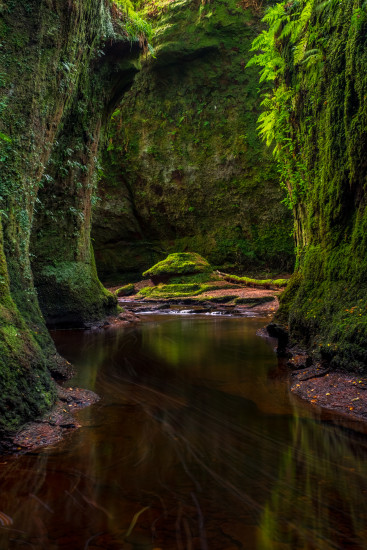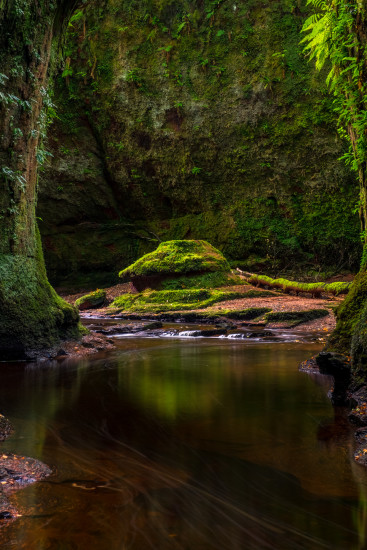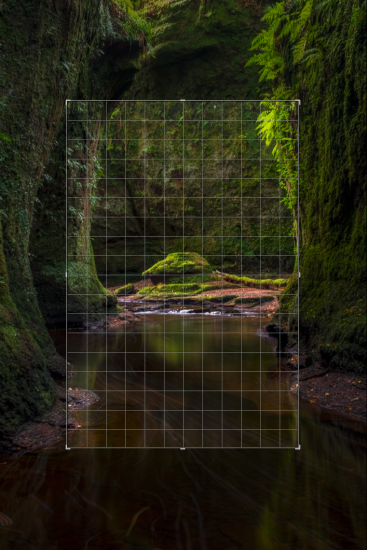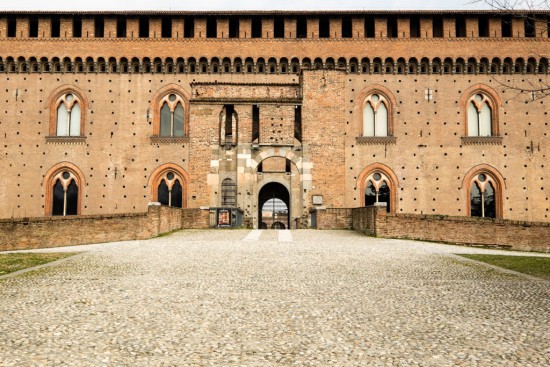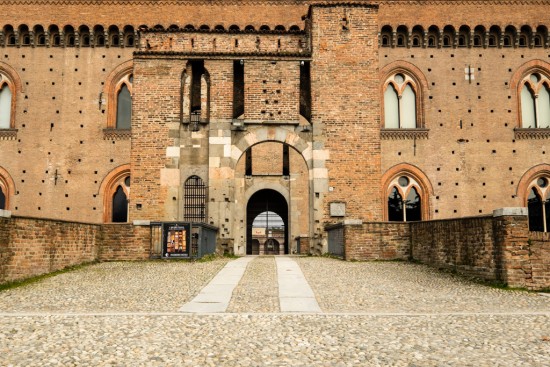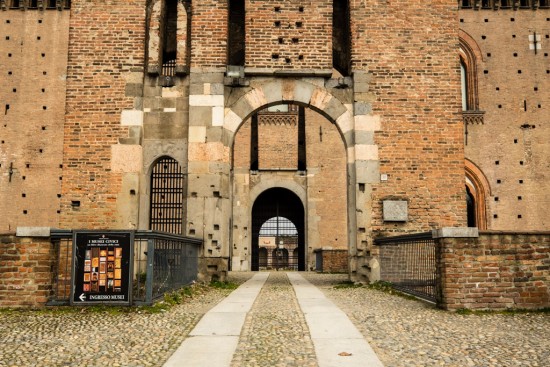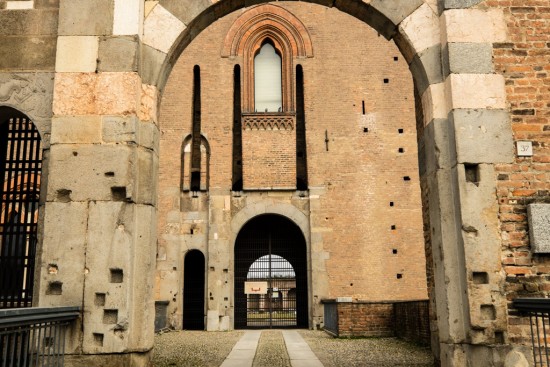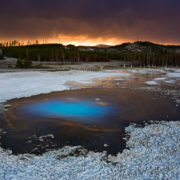How Focal Length effects Perspective in Photography
The relationship between focal length and perspective is one of the most debated topics in photography. It is bound to start a heated discussion on every online photography forum where it is mentioned. Since I have personally participated in such a discussion more than once, I decided that I would write an article about the issue, demonstrating my conclusions as scientifically as I could: with photographs.
Many photographers believe that wide-angle lenses exaggerate distances and make objects appear farther apart, while telephoto lenses compress space and bring the background closer to the foreground. But is this really true? The short answer is no—focal length alone does not directly change perspective. If this statement sounds controversial, stick with me as I break it down with real-world examples and landscape photography comparisons.
What do I mean, exactly, by saying that the above is false? To avoid any confusion, I will state my thesis in very clear and non-ambiguous terms:
Changes in focal length of a camera lens does not directly influence perspective.
An alternative, but equivalent statement would be:
All other things being equal, perspective is not influenced by changes in focal length of a camera lens.
At this point, you can either trust me or read below for the demonstration. Still with me? Good.
What is Perspective in Photography?
For the purpose of this demonstration, let’s begin by clearly defining what we mean by perspective, as I believe there should be no ambiguity regarding the definition of focal length. While the term perspective can have various meanings depending on the context, there is one definition that is particularly relevant to photographers.
According to Merriam-Webster:
Perspective, noun: 4. The appearance to the eye of objects in respect to their relative distance and positions
From Wikipedia
Perspective, in the context of vision and visual perception, is the way in which objects appear to the eye based on their spatial attributes; or their dimensions and the position of the eye relative to the objects.
In simple terms, perspective is determined by the relative size and position of objects within a frame, which changes based on the distance between the subject and the camera—not the focal length of your lens. I could use geometry or trigonometry to explain this concept, but since people visit this site to learn about photography—not to delve into mathematical proofs—let’s illustrate this idea using images instead.
Perspective & Focal Length of Camera Lenses
Here are some landscape photos taken at Finnich Glen in Scotland—a deep, moss-covered gully carved by a small river, with steep walls and a striking rock formation known as the Devil’s Pulpit at its end. This fascinating location is perfect for illustrating the concepts discussed in this article, as it allows for easy inclusion of both near and far objects within the same frame.
Image #1 below was captured using a 33mm wide-angle lens on a crop-sensor camera. (To relate this to a 35mm full-frame equivalent, you can multiply the focal length by 1.5, though this is irrelevant to the discussion, as mentioned earlier.)
In Image #2, I kept my position and aperture unchanged, only adjusting the focal length from 33mm to 55mm. To make the comparison clearer, I cropped Image #1 so that the magnification would roughly match that of the 55mm focal length, resulting in Image #3.
As you can see in the side-by-side comparison above, the cropped version of the 33mm photo and the uncropped 55mm photo are nearly identical. This demonstrates that perspective remains unchanged when zooming in. If you were to show these two images to someone, they wouldn’t be able to tell which was taken at which focal length—unless they noticed the slight loss of resolution caused by cropping. This should settle any debate about whether changes in focal length alone affect perspective in photography.
So why do many people, including experienced nature photographers, often describe that wide-angle lenses exaggerate perspective, while telephoto lenses compress it. The reason behind this misconception is simple:
- Wide-angle lenses force photographers to move closer to their subject, naturally changing perspective by making foreground objects appear larger relative to the background.
- Telephoto lenses require photographers to step back to fit the same subject into the frame, making background elements appear closer to the foreground.
Let’s explore what happens when we start changing the camera’s distance from the subject.
Subject Distance & Perspective in Photography
Let’s revisit my thesis, with some added emphasis:
Changes in focal length of a camera lens does not directly influence perspective.
The key word here is directly. If you remove this word, the thesis becomes imprecise because there are ways in which focal length can indirectly influence perspective in photography. But what does directly influence perspective? The answer is simple:
Perspective is influenced exclusively by the relative positions of the subjects in the scene with respect to the position of the camera.
In other words, you can only change perspective by moving your camera, not by changing the focal length. To demonstrate this, I chose a specific subject for the next set of images: a castle with two distinct planes—the façade and the guard tower. These were once connected by a drawbridge, which has since been replaced by a stone bridge. After capturing the previous images, I took another series near my home using a 24mm lens, this time moving the camera forward.
Here are those images…
As I move closer to the castle, you can clearly see how the relationship between the apparent sizes of the subjects—that is, the perspective—changes. The nearest arch grows larger more quickly than the background, revealing more details, such as the slits that once held the lifting arms of the drawbridge and the window between them.
You can also observe that the last image in the series (Image #4) begins to exhibit some of the characteristics typically associated with wide-angle lenses: a prominent foreground and converging vertical lines when tilting the camera upward.
If someone were to look only at the first image, they wouldn’t be able to tell whether it was taken with a wide-angle lens or a telephoto lens—unless they knew the distance from which it was captured. However, the last image (Image #4) could not be captured with a telephoto lens, as you’d need to be too close to include all the elements in the frame.
So, what do people mean when they say that focal length affects perspective in photography? Simply put, if they know what they’re talking about, they mean that a given focal length allows you to move closer to or farther from your subject—and that is what ultimately determines perspective.
In other words, focal length influences perspective indirectly by dictating your camera’s position relative to the subject.
As a final demonstration of this concept, here are two photos taken at the same focal length, but with my position changed between shots.
The image taken from farther away (Image #1) was resized so that the central subject matches the size of the same subject in the close-up image (Image #2). This visually demonstrates how perspective changes when you adjust the position of your camera while keeping the focal length constant.
Does Crop Factor Affect Perspective?
Many photographers wonder whether using a crop sensor camera changes perspective. The answer is no. A 50mm lens on an APS-C camera gives a field of view equivalent to a 75mm lens on a full-frame camera, but this does not change perspective.
However, it’s important to remember that the focal length is an inherent characteristic of the lens and doesn’t change, whether you crop the photo or use a crop-sensor camera. It simply narrows the field of view, similar to cropping an image in post-production. Therefore, a 50mm lens on an APS-C camera provides roughly the same field of view as a 75mm lens on a full-frame camera. And as we’ve seen in this article, cropping an image does not alter perspective.
Depth of Field vs. Perspective
One thing that does change with focal length is depth of field. It’s also worth noting that all the photos in this article were taken with apertures that ensure sufficient depth of field, keeping everything from the foreground to the most distant objects in focus. Telephoto lenses produce a shallower depth of field, which may contribute to the perception of compression, while wide-angle lenses tend to capture more in focus. However, this effect is separate from perspective.
The Final Takeaway: “Zooming With Your Feet”
I understand that geometric optics can be challenging to grasp, so I’ve avoided complex math and instead used practical examples with photos. Understanding the true relationship between focal length and perspective is crucial for landscape photography, portrait photography, and travel photography. The key takeaway from this article is this:
Only moving your camera physically changes perspective. Zooming in with your lens does not.
Next time you’re composing a shot, remember: if you want to alter perspective, you must change your position—not just your focal length. So get out there, move around, and experiment with different viewpoints to create dynamic and compelling compositions!


